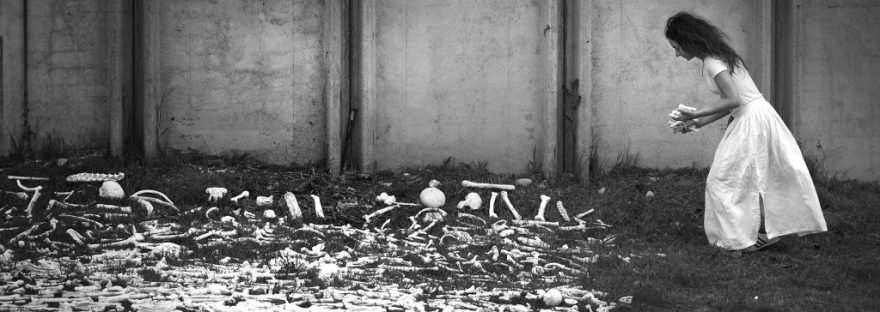“The idea of memory runs through contemporary public life at a high voltage, generating polemic and passionate debate in the media [and] in the spheres of politics”, argue Radstone and Schwartz. But what role, if any, should memory play within academia and how, if the study of memory is to become a bona fide intellectual exercise, should scholars go about conceptualising this highly elusive phenomenon? These are both questions which scholars working within the new academic field of ‘Memory Studies’ are attempting to answer.
While the topic of memory seems to touch nearly every academic field, the development of new modes of enquiry into memory had its most direct effect on the one discipline which has specifically to do with the telling of the past – history. Given that, in the words of James Wertsch, “the terms ‘memory’ and ‘history’ have traditionally [been used] almost interchangeably in everyday discourse and professional academic discussion”, it is unsurprising that many historians have viewed the current vogue for writing about memory with a degree of distrust. And yet, as while it is possible to perceive memory studies as encroaching on history’s authority, such a view ignores the fact that, in reality, historians and memoriologists are engaged in very different pursuits.
In their influential article on collective memory, Noa Gedi and Yigal Elam sum up the ongoing debate around the historical utility and credibility of “Memory Studies” thus:
We would like to ponder on this on this phenomenon, to enquire whether this is merely a useful working term which expands the historians explanatory capacity, or whether we rather witnessing an act of intrusion whereby a certain term is forcing itself like a molten rock into earlier formations, jostling aside older yet still effective working terms and unavoidably obliterating fine distinctions that have so far served historical research.
The best way to avoid the latter outcome is to clearly distinguish between, and to clear up some of the conceptual confusion, surrounding history and memory. History and memory are proximate concepts which inhabit a similar conceptual terrain and which in the words of Geoffrey Cubitt “have long been fashioned in each other’s shadows”. That said, the two terms are not interchangeable. It is true that history sometimes takes on some of memories characteristics and vice versa. In Bernard Lewis’s work, for example, we encounter “remembered histories” – that is histories which are ingrained within collective memory; “recovered histories” – or histories which having been rejected from collective memory are now being recuperated; and “invented histories” – histories which are designed or invented to serve a specific purpose. And yet, despite the use of such terms, Ludmilla Jordanova is wrong to view history as a simple extension of memory or a “specialized form of commemoration”.
As mentioned earlier, the historian and memoriologist serve very different functions within society, and their professions need to be understood accordingly. Indeed, when Maurice Halbwachs began to theorise and develop mechanisms for studying social memory in the early 1920’s he positioned history as a negative foil. He argued that, whereas histor(iograph)y constitutes the universal memory of humanity, collective memory belongs to and is usually embodied by specific social and/or cultural groups.
Later, Pierre Nora would emphasise that whereas the historian aim to distance him/self from ‘popular consciousness’ avoiding value judgements to create a singlular or disembodied account of the past, the memoriologists is required to engage directly with popular consciousness and the elusive phenomenon that is collective memory.
To make the above argument is not to suggest that historians ought to eschew or remain perpetually suspicious of memory. Historical myths remain important vehicles for the collective transmission of ideas and past experiences, and historians could benefit from a more comprehensive understanding of the functioning of such myths within society. It is, though, to suggest that history and memory are co-constitutive fields, which have much to offer one another precisely because they represent new and different ways of understanding the past.
To conclude I quote Aleida Assmann, who points out that history and memory together “become self-reflexive; a sense is developed of their own constructedness by discovering that memory has a history and that history itself is a form of memory.”
Photo Credit: One Million Bones: the Road to Srebrenica, by Joanne Teasdale
